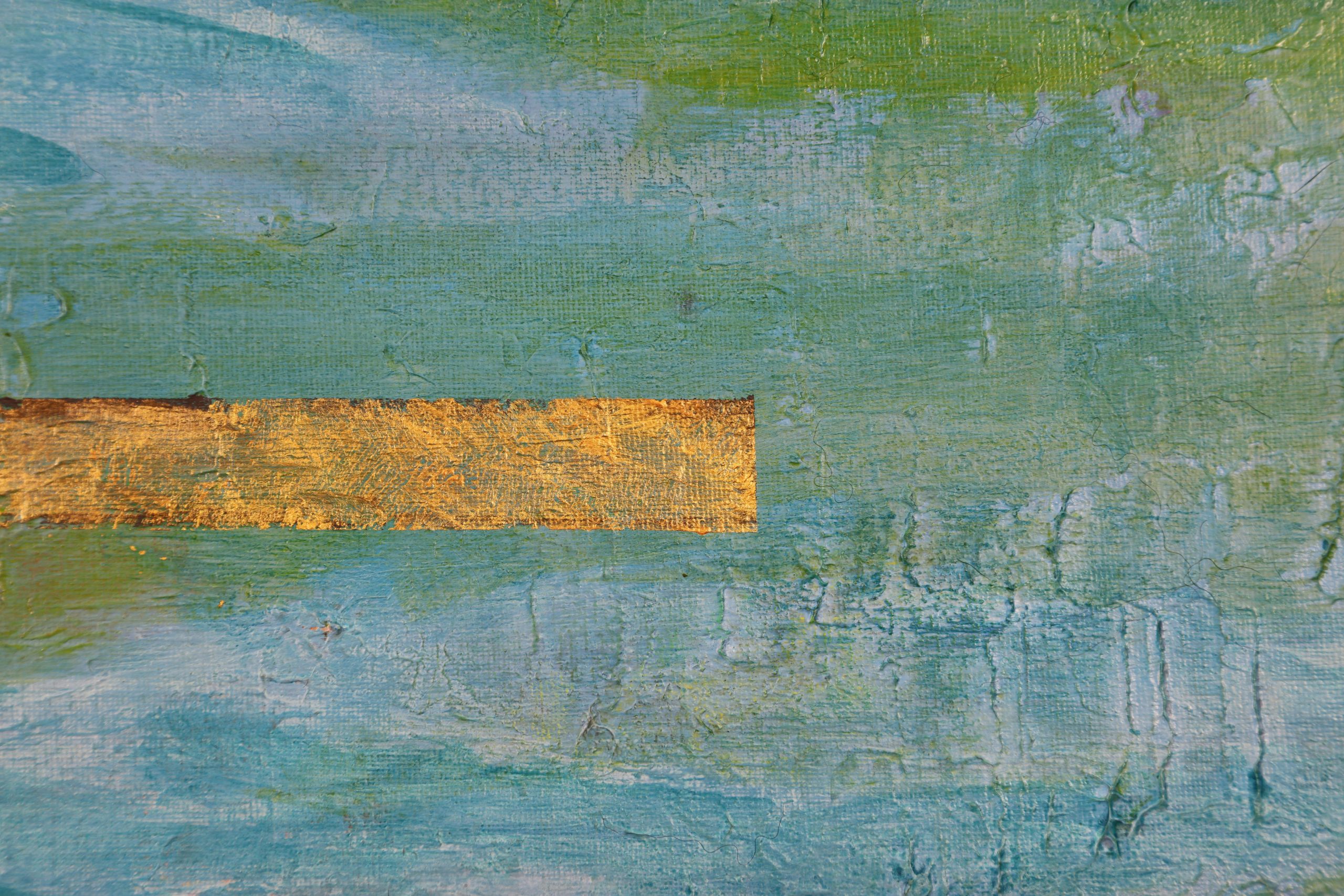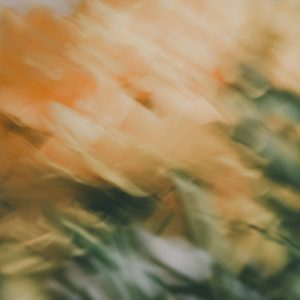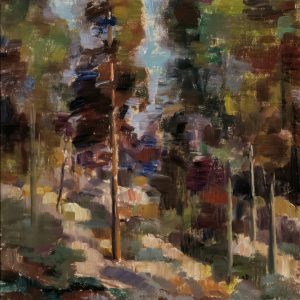Description
Fabienne wasn’t interested in gold as a symbol of wealth or status. For Fabienne, it was a language. One used by artisans for over a thousand years to frame sacredness, silence, and form. Her latest project was a contemporary icon series—minimal, abstract compositions with deliberate fields of genuine gold leaf. She wasn’t recreating religious icons, but borrowing their techniques and quiet reverence.
She began, as always, with a wooden panel, custom-built from linden, a soft, stable wood ideal for gilding. First came the gesso—a traditional mixture of chalk (calcium carbonate) and rabbit skin glue. Layer by layer, she applied it with a wide brush, letting each coat dry before sanding it down. After ten coats and two days of work, the surface felt like marble. Next was the bole, a reddish clay mixed with glue, applied thinly and evenly across the areas to be gilded. Fabienne used a traditional Armenian bole, which added depth and warmth beneath the gold. She always preferred blue and green tones, particularly for modern pieces, because of its subtle optical richness. Once dry, the bole had to be slightly reactivated with moisture before gilding could begin. Fabienne used a fine brush dipped in distilled water mixed with a touch of alcohol to wet the bole gently. Then came the most delicate part: applying the gold leaf. She handled the fragile sheets using a gilding tip—a flat, squirrel-hair brush that picked up the gold through static. Breathing calmly, she floated the leaf into position on the moistened bole. The gold clung instantly, delicate and perfect. She repeated this step across the surface, overlapping each sheet slightly to avoid gaps. She used 23.75 karat gold leaf, almost pure. “Lower karat gold oxidizes over time,” she would explain. “Pure gold doesn’t tarnish. It’s more expensive, but for serious work, it’s the only option.” After the gold was applied and dried, she moved on to burnishing. With a polished agate stone, she gently rubbed the surface until it gleamed like a mirror. This part wasn’t just aesthetic—it physically fused the gold to the bole and gave it that luminous, almost liquid finish. For contrast, Fabienne sometimes used oil gilding on frames or textured surfaces. That method relied on a special adhesive known as gilding size, allowing the artist to apply gold leaf on less absorbent or nontraditional materials. But for fine flat surfaces, water gilding was still her preferred method. Once the gilded surface was complete, she masked it off and painted around it in thin layers of pigment and casein, or sometimes pure graphite and charcoal, allowing the metal to act as both light source and structure.
Fabienne Müller never spoke much about her work. But when people asked why she chose such an old technique in such a modern context, she would say: “Gold doesn’t belong to any time. It reflects the present moment—whatever moment you give it.”
Her work now hangs in museums, chapels, and private collections across Europe. But in her Berlin studio, between the sound of sanding blocks and quiet brushes, Fabienne still begins each painting the same way: with wood, clay, breath, and light.





Reviews
There are no reviews yet.